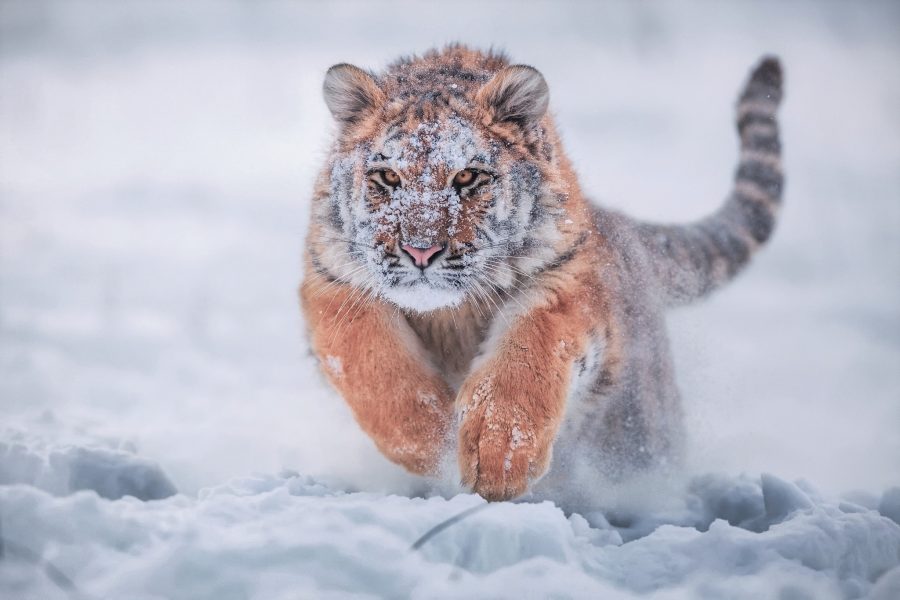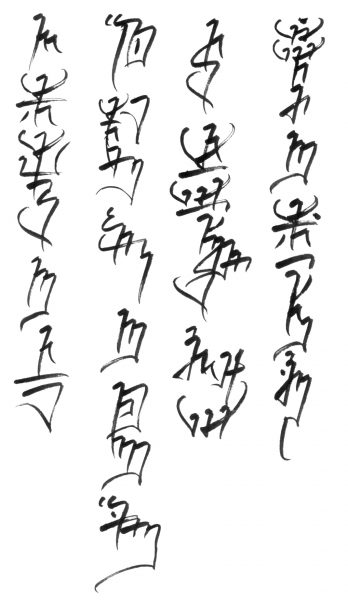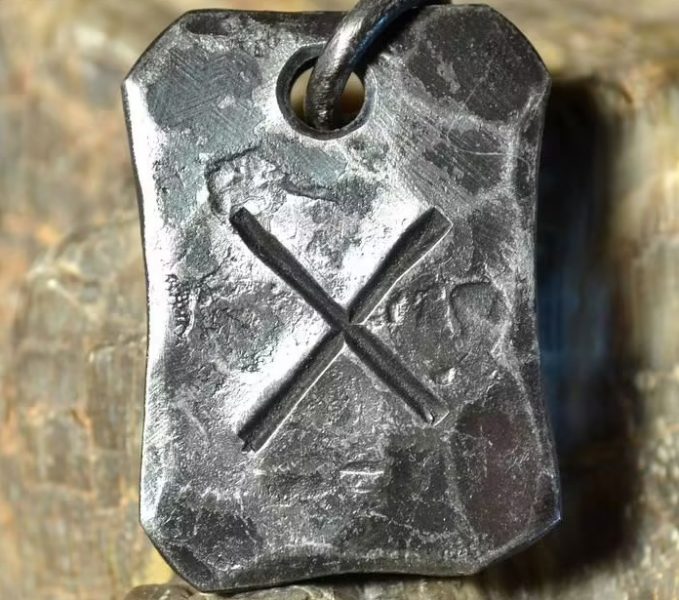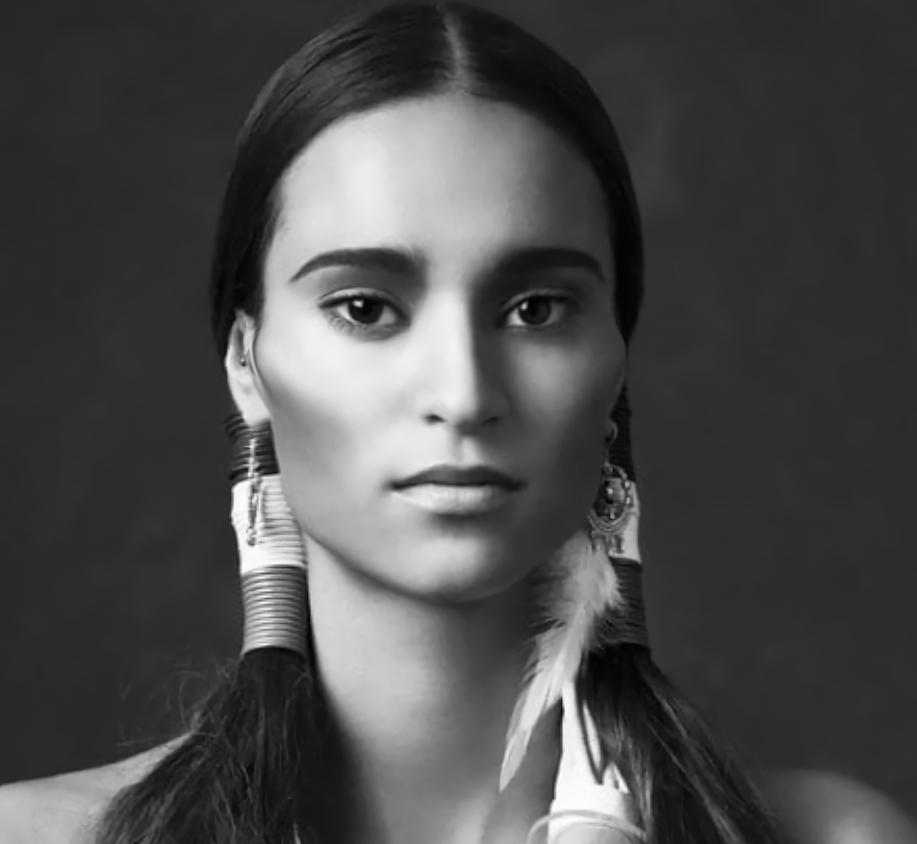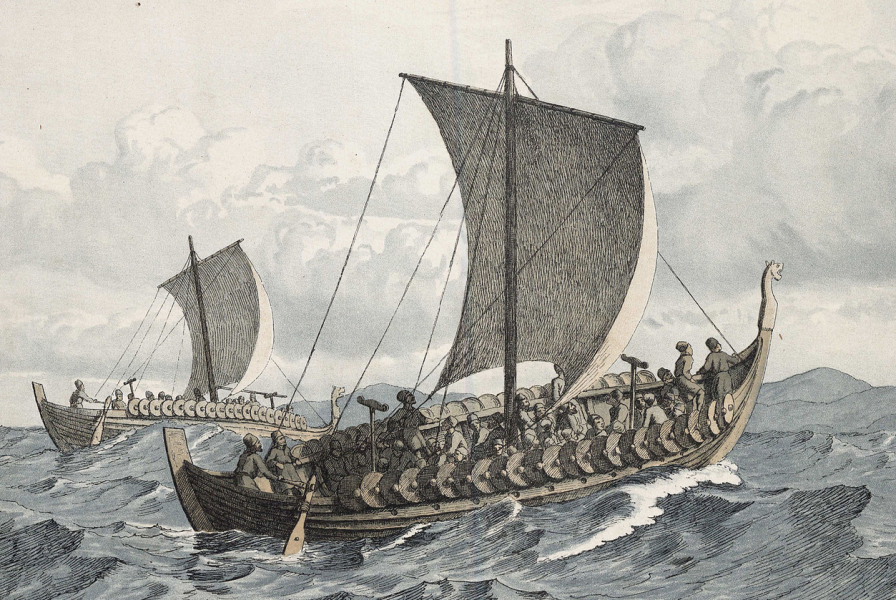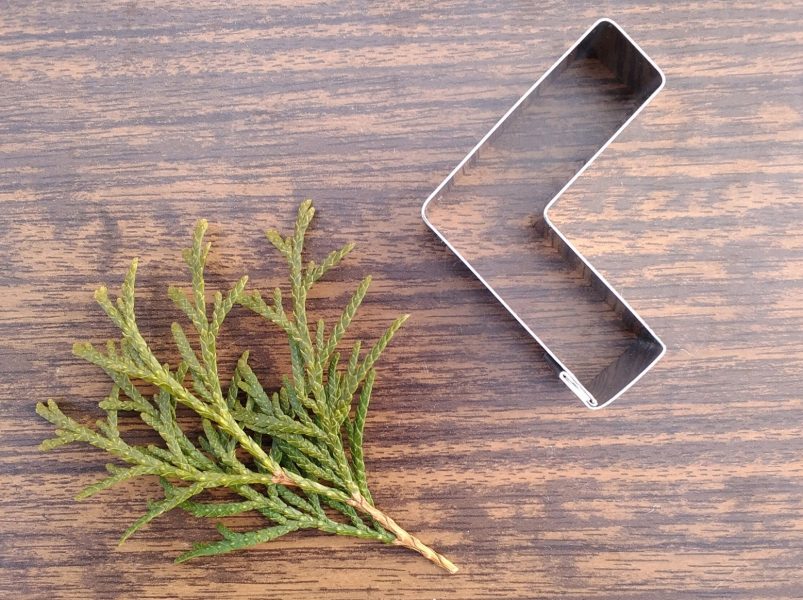Well, Happy New Year to us!
First of all, we want to thank you, dear readers. It is your reaction to our posts - your likes and comments - that makes us move forward and not stop. Despite the fact that we have become less likely to post lately; despite the fact that the subject has changed a little, you still stay with us and continue to follow what we write, draw and tell. Thank you very much for this.
Secondly, I have to admit (personally, I, Andrey) that I tried to bite off a piece a little more than I could swallow. Because, it turns out, we now have as many as four projects: a comic book, Volkolak's notes, going to the Stursky country and a song about strange love. And that's not counting any classic historical posts. You understand, in short.
Therefore, if you followed with interest some of our other projects and waited for the continuation, I apologize. Is it true. They will all be completed sooner or later, but for this I need a little more effort and free time. I really hope that in the new year 2022 with their presence it will be a little better.
I wish you inspiration, good health (including mental health!) and endurance. Let's break through together!
A lanamhatha Iach Shoitha!

